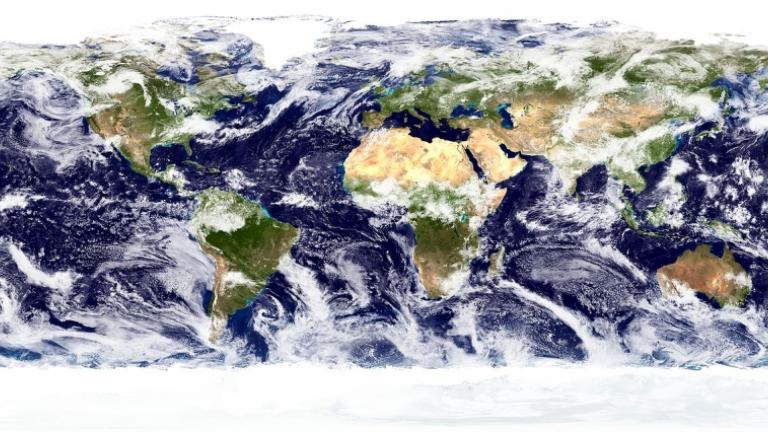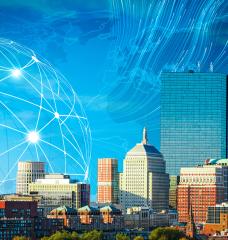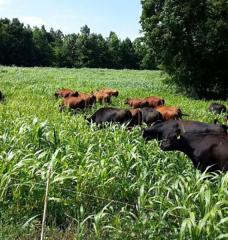
Paul O'Gorman, a professor in the MIT Department of Earth, Atmospheric, and Planetary Sciences (EAPS), received a 2017 ESI Seed Grant to use machine learning to reduce the uncertainty in climate models. In this article, he explains how machine learning is expanding into climate research and discusses the limits and challenges of climate modeling. Prof O'Gorman explains that machine learning can be especially helpful in the areas of climate densistivity and predicting regional trends, which are two of the greatest areas of uncertainty in climate modeling.
Read the full article here: http://news.mit.edu/2019/mit-3q-paul-o-gorman-machine-learning-for-climate-modeling-0213
Photo credit: NASA Goddard Space Flight Center
Topics






